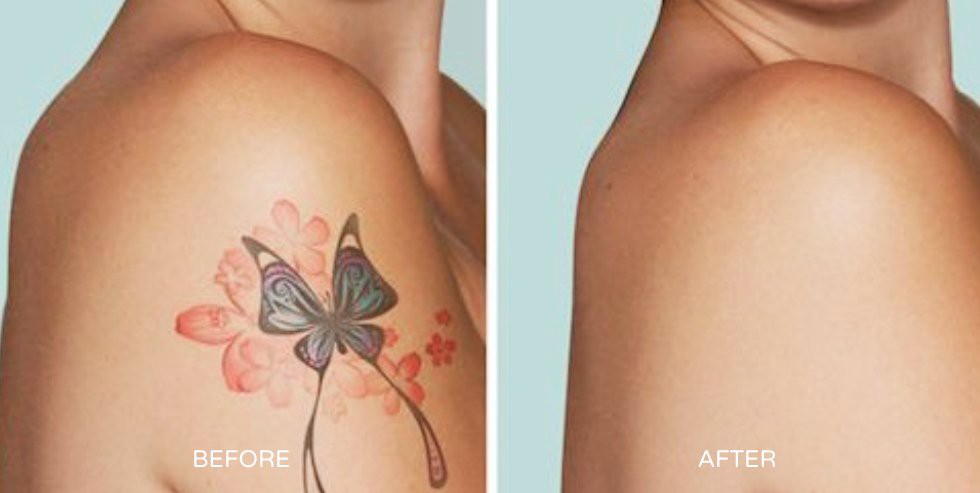
The Options Available for Tattoo Removal
Although tattoos have been around for thousands of years, this unique body art continues to be the choice of millions with newer techniques and more intricate designs.
While many people are seeking tattoos, there are those who wish to remove their existing ones. However, the removal process can be strenuous and can cause pain.
There are many options available in this regard which may offer a varying degree of success. Let’s take a look into the traditional tattoo removal options as well as the laser tattoo removal in detail:
Traditional Tattoo Removal Options
The traditional tattoo removal options include surgical removal or excision. The skin on which the tattoo is made is cut out to remove the tattoo. Although it removes the tattoo completely this is a highly invasive and infections causing method that can even leave scars.
Cryosurgery involves using liquid nitrogen to freeze the skin where the tattoo is made, destroying the skin tissues to remove the tattoo. The treatment offers positive results but the risk of scarring remains the major drawback with cryosurgery.
Sal abrasion is yet another method for tattoo removal but it is painful. It entails applying salt water to the tattoo and an abrasive tool, a kind of wooden block wrapped in a gauze, to rub it until the skin gets extremely red. Antibiotic ointment is applied and dressing is done for three days and then the procedure is repeated. Many clinics use anesthetics to reduce the pain but it is highly invasive and may still not produce satisfying results.
Laser Tattoo Removal
Laser is highly effective offering one of the best results. The treatment works with the help of a high intensity laser to break down the pigmentation in the tattoos into smaller bits. Specific frequencies are set to ensure the absorption of laser by the tattoo only and the skin in the surrounding areas remains largely unaffected.
Slowly with the naturally acting skin alteration processes the laser dulls the tattoo down and removes it within a short period of time. Using anesthetics applied to the area to be treated, more or less removes the pain. Swelling, redness and itching are some of its common side effects but they usually stay for a day or two. Using an icepack may relieve discomfort and sooth the treated area.
In order to get rid of unwanted tattoos, see your dermatologist and discuss the tattoo removal laser. Click on the link to learn more about getting the tattoo removed with laser.